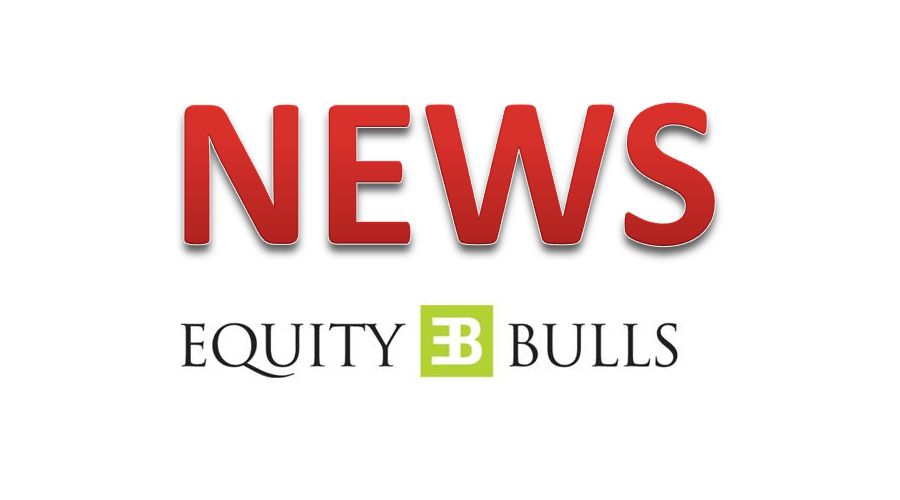 Ola Electric Commences Test Rides of 4680 Bharat Cell-Powered Vehicles at Flagship Stores Across India
Ola Electric Commences Test Rides of 4680 Bharat Cell-Powered Vehicles at Flagship Stores Across India Jindal Explorer rig commences operations with ONGC
Jindal Explorer rig commences operations with ONGC Precision Electronics Ltd awarded order by Government Entity
Precision Electronics Ltd awarded order by Government Entity Karnataka Bank appoints Veteran Banker Mr Raghavendra S Bhat as its New Managing Director & CEO
Karnataka Bank appoints Veteran Banker Mr Raghavendra S Bhat as its New Managing Director & CEO Websol signs MoU with Andhra Pradesh Economic Development Board
Websol signs MoU with Andhra Pradesh Economic Development Board
Research
Economy: RBI's trilemma: allows for INR strength - Kotak
Posted On : 2020-09-21 20:49:30( TIMEZONE : IST )

RBI's trilemma: allows for INR strength. RBI's predicament from simultaneous occurrence of excessive FX flows, bond supply, and elevated inflation has resulted in significant policy choice constraints. In contrast to the earlier stance of maintaining a stable INR, the RBI will possibly have to contend with some INR appreciation given the need for supporting fiscal space on the back of downside risks to growth. We see USD-INR between 72-75 for the rest of FY2021E and averaging at 74.2 for FY2021E.
RBI's fight with excesses - capital flows, government borrowing, liquidity
RBI currently faces three excesses: (1) surplus banking system liquidity, (2) huge BOP surplus (we estimate FY2021E current account at 0.9% of GDP and BOP of US$80 bn), and (3) risks of higher government borrowing. With downside risks to growth persisting as Covid cases continue to surge, need for further fiscal support and hence RBI's support to bond market becomes more compelling. The dilemma becomes starker as inflation remains above 6% restricting RBI's ability to infuse liquidity. Banking system liquidity has increased more through RBI's FX purchase than debt market operations. The RBI will need to reduce spot FX intervention (witnessed since mid-August). However, a stronger currency may weigh on a fragile export recovery while RBI's absence in the bond market may distort rates.
Fiscal dominance to aid global liquidity
Increased tolerance of central banks for expansive fiscal policies has ensured prolonged leeway for surplus liquidity. Fed's decision on average inflation targeting implies that inflation upsides will be tolerated till economy revives. Commitment of sustained easy policy by DM central banks should continue to aid global risk sentiments. However, RBI's bond purchases to support fiscal space would be negative for INR. Further, most of the current account surplus has likely played out in 1HFY21, thereby providing more capital flows linked volatility to INR in 2HFY21. We expect USD-INR in the range of 72-75 for rest of FY2021.
Risks to INR: USD strength, global growth revival, domestic growth underperformance
While fundamentals suggest a secular USD weakness, the interplay of following factors could risk INR's appreciation bias: (1) sharper-than-expected global economic recovery and/or inflation surge prompting reversal in accommodative monetary policy, (2) China-led economic recovery propping up commodity prices (for now we see commodity prices plateauing), (3) higher crude prices on supply disruptions, (4) USD strength led by US outperformance versus rest of DMs or a double dip recession, and (5) worse-than-expected domestic recovery (pandemic spread, financial sector stress, etc.) which could reduce the relative sheen off India and induces hysteresis in growth.
Policy choices for RBI limited; fine balancing act required
The RBI has to finely balance its measures to maximize output without giving conflicting signals. Without a single best choice, an optimal mix of tools remains key: (1) allow for small INR appreciation (implicit tightening of monetary conditions), (2) partial intervention in FX forwards (aggressive could be counter-productive and reinforce capital inflows), and (3) OMO purchases (rather than operation twist) to avoid pressure/volatility on shorter end. With 2HFY21 BOP likely less benign than 1HFY21 along with seasonal CIC leakage, RBI may find some window for outright OMO purchases. However, continuation of large capital flows and fiscal dominance along with sticky inflation will severely constrain RBI's policy choices.
